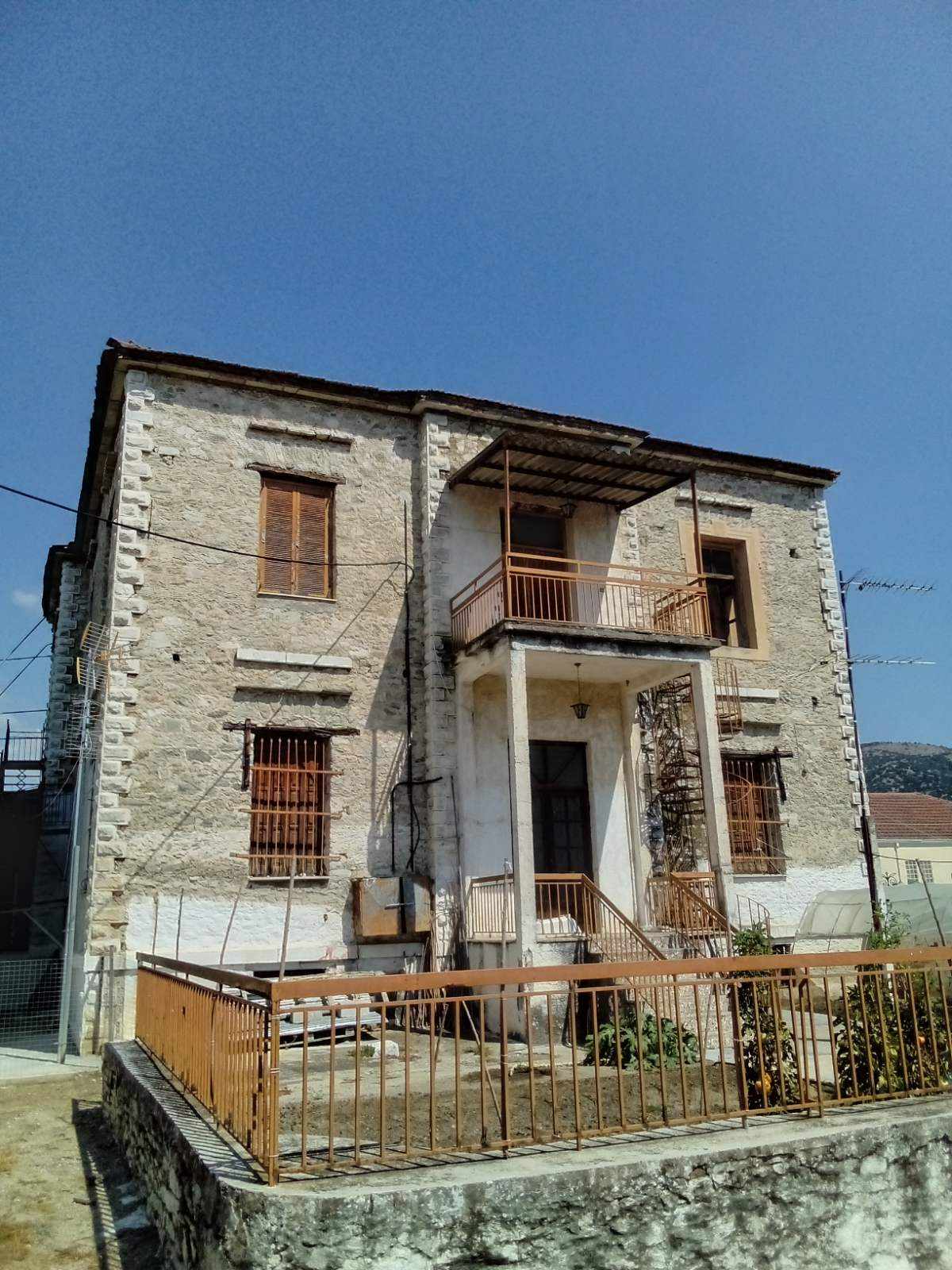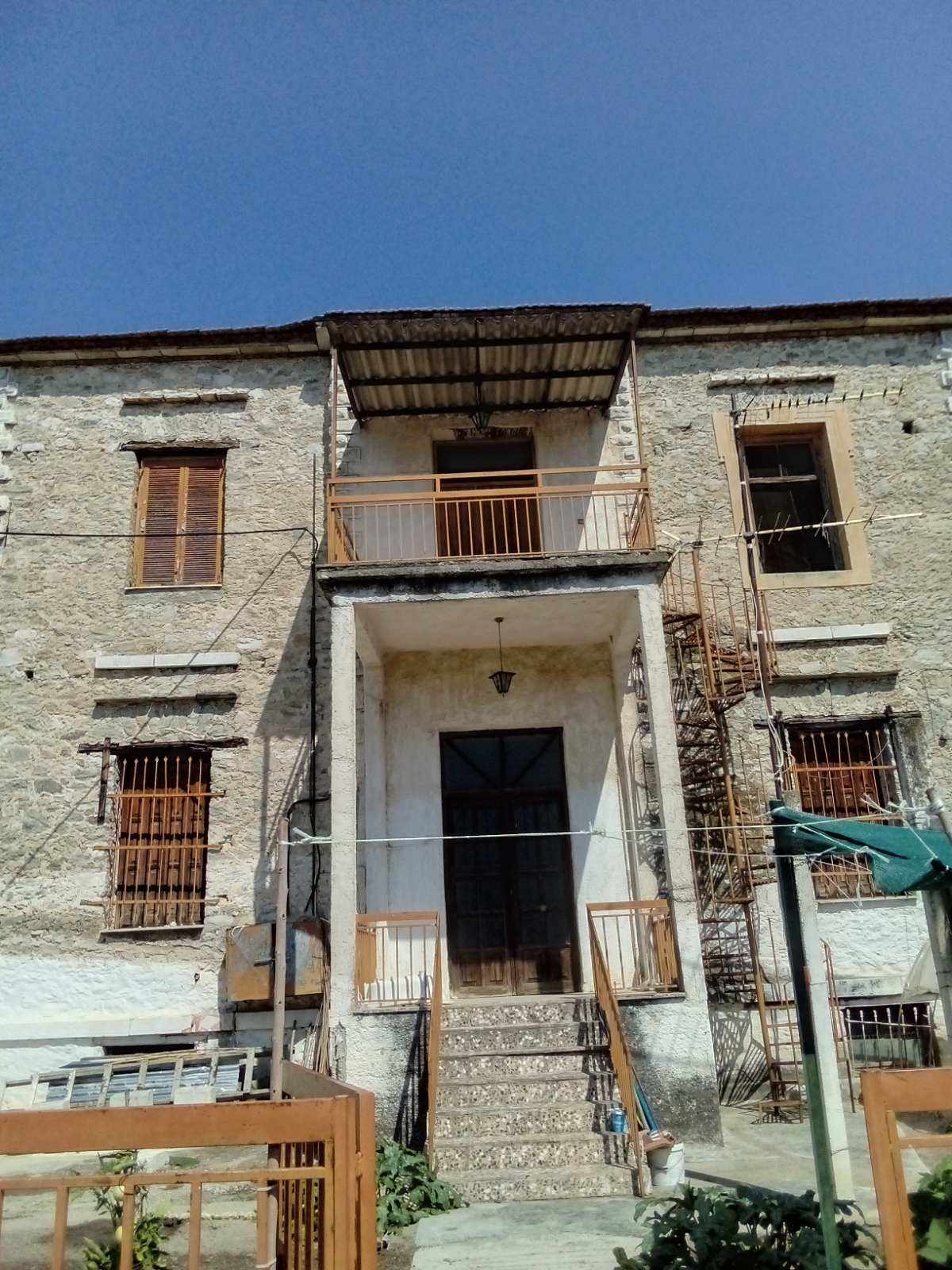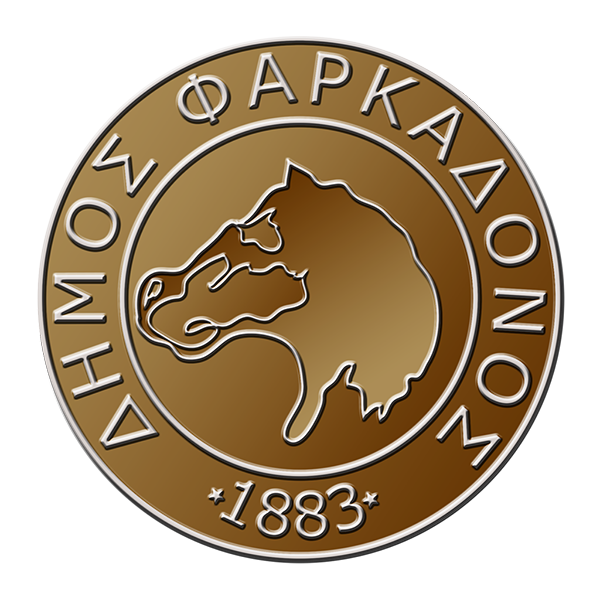Konaki Koutseki is located in the center of the village of Oichalia (otherwise known as Neochori) of the Municipality of Farkadona, which is approximately 24 kilometers from Trikala and 48 kilometers from Larissa.
It was built in 1903 by the landowner, banker and national benefactor Christakis Zografos, who after 1881 bought eleven homesteads in the wider area of Trikala and Karditsa, among them the Neohori homestead that once belonged to Ali Pasha.
Zografos granted the plot of land with Konaki as a dowry to his daughter Theanos, wife of the politician Leonidas Deligiorgis. Later, it passed to other owners, while today it is uninhabited and has suffered significant damage.

It consists of the residential building, which is surrounded by a retaining wall, has a C-shaped floor plan, is two-storey with a semi-basement and a four-pitched roof made of tiles and had a small balcony on the floor on the facade, which is not preserved. On the side view there is a later addition of a concrete exterior.
The stone-built building has not been plastered, while it has rectangular corner stones and decorative frames in the openings of the main face. In its morphological elements symmetrical design of the facade and side view with respect to the vertical axis, tripartite distinction of the faces, decorative elements – the basic principles of neoclassicism can be distinguished.
Konaki Koutseki was classified as a historic preserved monument in accordance with the provisions of N.1469/1950, by a decision of the Minister of Culture issued in 1997. The object of protection is the building and its surrounding area at the boundaries of the property.

Informational
During the period of the late Turkish rule, from the end of the 18th to the beginning of the 19th century, large areas of agricultural land (farmsteads) in the wider area of Thessaly and Epirus were under the rule of Ali Pasha and his sons, who after their extermination in 1822 they fell to the Sultan. It is noted that, according to the peculiar legal regime that was in force during the Ottoman Empire, there were various categories of land (privately owned, public, dedicated to sacred places – waqfs, etc.). In public lands such as those in Thessaly, the petty ownership remained with the Sultan, who granted to third parties the right to rule (or usufruct) over them. They, in turn, assigned lifelong hereditary right to cultivate the land to indentured cultivators, the koligs, in exchange for a share of the production (mortis).
The farmsteads extended over many thousands of acres and covered more than 2/3 of the cultivated lands of Thessaly, while half of its agricultural population, approximately 11,000 families, worked in them. Usually, each homestead corresponded to a village in the region, while of the approximately 650 villages in Thessaly, 450 were homestead villages.
The chiflikia villages, which were formed during the 18th and 19th centuries in the Thessalian plain, had special features at the level of social and spatial organization. Usually, in every settlement, apart from the houses of the koligs – of simple morphology and rough construction – there was the konaki of the homesteader. The konaki, a stone-built manor house with a fortress morphology, due to its size and its remarkable architectural and construction elements, dominated the settlement and the surrounding area, becoming a point of reference for residents and visitors. At the same time, it functioned symbolically in terms of the role of the homesteader in the region. Often, it had a turret that served as a watchtower of the surrounding lands and settlements, for functional as well as defensive reasons. It was surrounded by an enclosure and smaller buildings, which housed storage areas, stables and other auxiliary uses, which created an enclosed inner courtyard. The konaki, in addition to being the permanent or occasional residence of the landowner and his family, served as the residence of the foreman and the rest of the necessary staff, effectively constituting the administrative center of the manor.
The konaki of the homesteads are divided into two categories, as some were built by the Ottoman homesteaders and transferred to the owners of Greek origin together with the adjacent homesteads, while others were erected by the new landowners after 1881.
Today, they are protected by the Ministry of the Interior, as they have been designated as monuments based on their special historical and artistic features.


